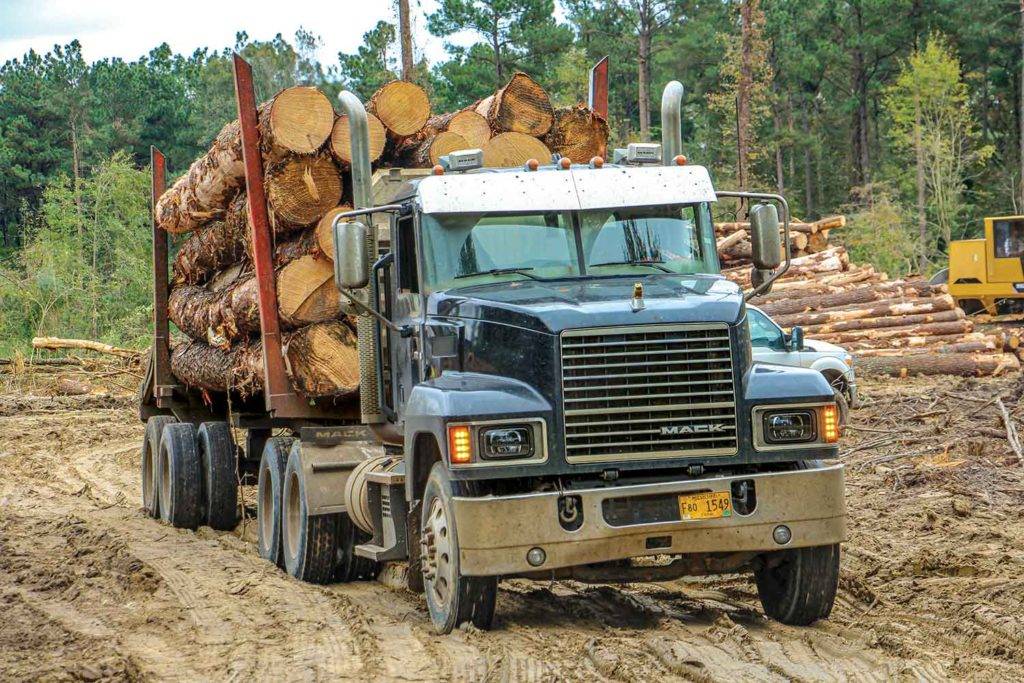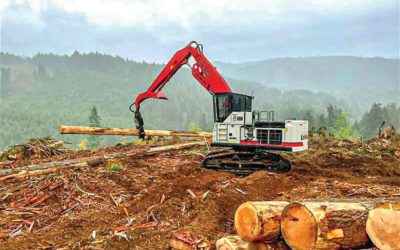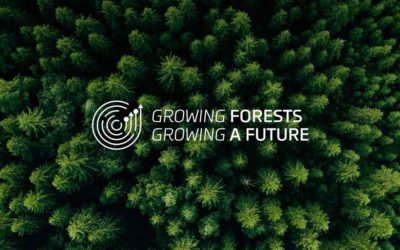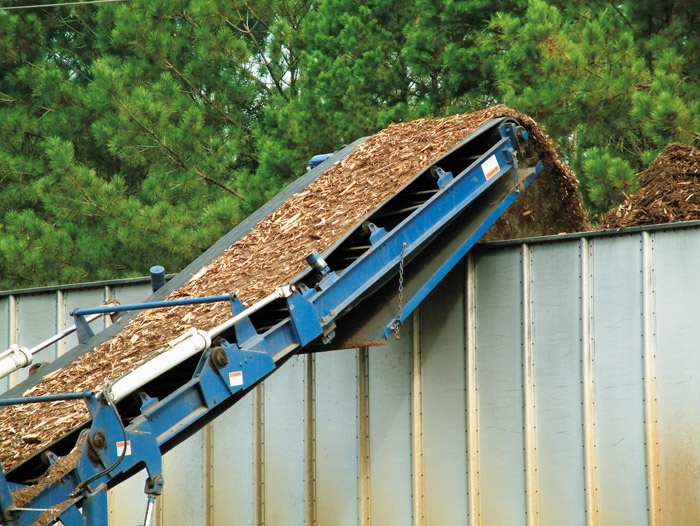Forest Service Reveals Immediate Forest Plans
U.S. Forest Service reported it sold 2.87 billion BF of timber sales (compared to the agency target of 4 billion BF) in fiscal 2021, a decrease from 3.2 billion BF in FY 2020, according to the agency’s Fiscal Year 2023 Budget Justification document. The sold volume was valued at $197 million.
The decrease in sales was primarily due to limited staff capacity and no-bid sales, according to the agency, adding that the COVID-19 pandemic limited the mobility of timber crews, and field work continued to be difficult to accomplish due to the large fire activity across the Western U.S. Many employees that usually work to prepare timber sales were assigned to wildfire suppression and support. Recovery efforts after large fires, including stabilization work and hazard tree removal, necessitated the involvement of the staff who would typically work on preparing and administering timber sales, the agency stated.
FY 2021 sales included more than 500 contracts greater than $10,000, nearly 66,000 small timber contracts and permits, and 20,000 special forest product permits for products other than timber. Various special Forest Management programs contributed to this volume, including volume sold from salvage sale funds, other permanent and trust funds, and the Collaborative Forest Landscape Restoration Program.
In FY 2023, the Forest Service has targeted 3.4 billion BF of sales. Increased funding will drive more integration with the hazardous fuels program, allowing the agency to manage the treatment of forest resources better. New investments in forest management funded through the Infrastructure Investment and Jobs Act will also allow for planning and preparing new timber sales, stewardship contracts, and good neighbor authority agreements. The agency expects to increase timber volume output because of these investments, with additional increases in volume in FY 2025 and FY 2026.

The report notes the agency’s emphasis on innovative uses for wood and wood fiber materials, especially the development of products and markets for small and medium-sized trees, underutilized and low-value forestry residuals, and industrial wood residues.
The Forest Service continues to work with academic and industrial partners in basic and developmental research to find high-value markets for forest biomass. In cellulose nanomaterials, researchers continue to investigate applications in transient electronics, packaging, oil drilling, coatings, lightweight automobile materials, sunscreen, and manufacturing technology of cellulose nanomaterials. Forest Service lignin research is still in the early stages; scientists are investigating UV absorbing, antimicrobial, and antioxidation properties of lignin to develop new markets for this byproduct of pulping wood. Lignin is currently used as in-house fuel, and new markets for lignin may generate new revenue for pulp mills.
In biotechnology research, scientists are investigating production of high-value materials from biomass with microorganisms, such as nanofibers, sugars, pharmaceuticals, and high-value chemicals. Forest Service scientists are also investigating the development of carbon-based materials from forest biomass and the application of emerging technologies for biomass utilization. To accelerate commercialization of cellulose nanomaterials from forest biomass, the Forest Service works with P3Nano, a public private partnership with the U.S. Endowment for Forestry and Communities, to fund developmental research in cellulose nanomaterials.
The Forest Service established the Wood Innovations Program in 2014 to expand development of wood products and renewable wood energy markets that support forest management and deliver economic and environmental benefits to communities. This work informs business decisions by providing technical assistance, funding, and high-quality data. Annual Wood Innovation Grants fund diverse projects for public and private entities across the country. The maximum for each grant is generally $250,000.
A second competitive funding program, the Community Wood Energy and Wood Innovation funding opportunity (referred to as Community Wood), was available in FY 2021. The intent of this program is to install thermally led community wood energy systems or to build new or expand existing innovative wood products facilities; $2 million was awarded in FY 2021. This program is authorized under the 2018 Farm Bill to be funded at up to $25 million per fiscal year through FY 2023.
Related Articles
Latest News
Link-Belt 40B Forestry Series
The Link-Belt 3440B Processor, 4040B Timber Loader, and 4640B Timber Loader are now available in the U.S. and Canada. The new 40B Series of forestry equipment features design improvements to increase cooling performance, debris management, and serviceability. The new line made its debut at Triad Machinery’s booth during the 85th annual Oregon Logging Conference in February…
Mercer Launches ‘Growing Forests – Growing A Future’
Mercer had announced the launch of a program supporting forest owners in Germany, called “Growing Forests – Growing A Future.” Mercer Holz, the wood purchasing arm of Mercer, is committed to partnering with forest owners in Germany to sustain the longevity of their forests. Over the next few years, in a concrete step of solidarity, Mercer will provide participating forest owners across Germany with a careful selection of seedlings to help replenish their forests. This is one of the first company-sponsored large-scale tree planting endeavors within the German wood products industry…
Oregon Town Gets Biomass Project Grant
City officials in Prineville and Crook County, Oregon are one step closer to building a biomass power plant in their central Oregon town after the U.S. Forest Service (FS) recently awarded a $1 million grant to the city and its Prineville Renewable Energy Project (PREP)…
WANT MORE CONTENT?
Spanning seven decades since its inception in 1952, Timber Harvesting highlights innovative and successful logging operations across the U.S. and around the world. Timber Harvesting also emphasizes new technology and provides the best marketing vehicle for the industry’s suppliers to reach the largest number of loggers in North America and beyond.
Call Us: 800.669.5613



